novato-curioso-blog
64 posts
Latest Posts by novato-curioso-blog
via #NASA_APP
via #NASA_APP
via #NASA_APP
via #NASA_APP
via #NASA_APP
via #NASA_APP
Bello!!

Baltic Sea, Sopot, Poland
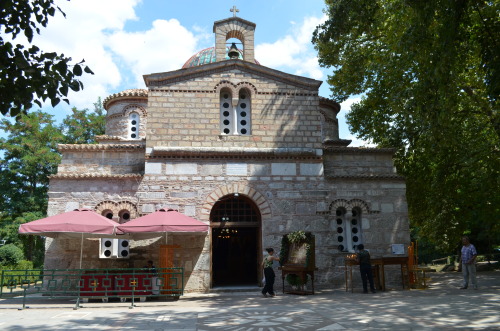
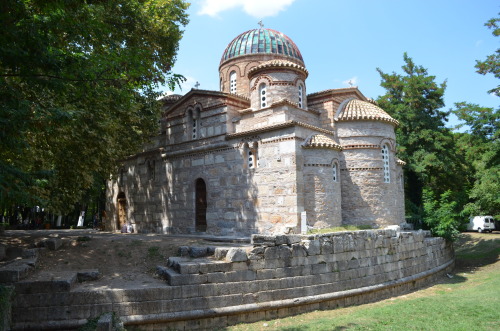
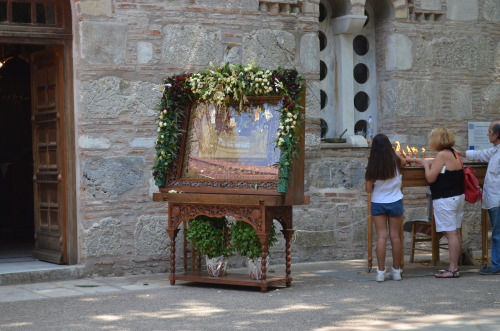
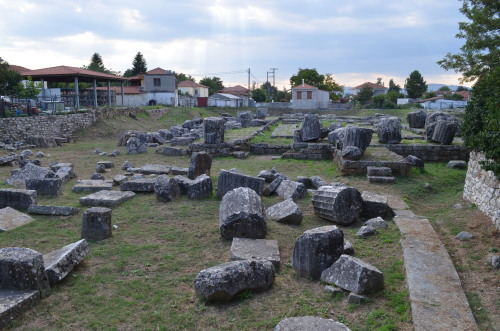
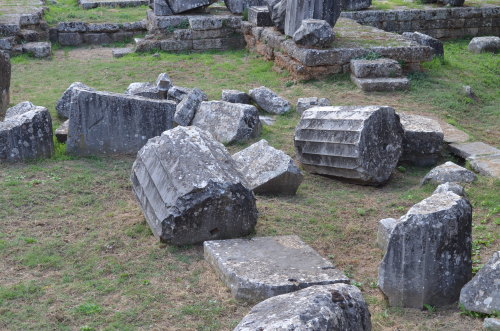
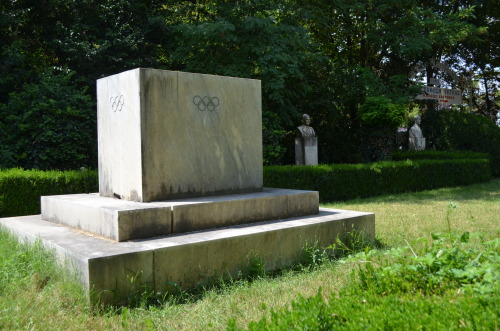
I also visited Tegea- but I didn’t make it to the museum, mostly due to bad planning. I arrived quite early but the Episkopi area was so refreshing that I postponed going back to the village for the museum until it was too late.
The Byzantine Church of Episkopi, devoted to the Dormition of the Virgin, is actually built on the ancient theater of Tegea. Tegea was a large city in a flat plain with no neighboring hills, so the theater was actually built from scratch. When I arrived it was the last day of a yearly fair that has been officially going on since 1893. The fair is held during the panhellenic celebration of the 15th of August, a day that is dedicated to the Virgin Mary. Apparently in the antiquity during the same annual period, another Virgin goddess was celebrated across Greece, the goddess Athena. Athena was also worshipped in Tegea during the antiquity. A massive temple, now at the village near the museum, dedicated to her can be visited.
Tegea was also the home of the 3rd century B.C poetess Anyte.
Now a small, even obscure village in Arcadia, Tegea still amazes with its contemporary history. It was here that the torch flame relay from Olympia to any city that hosts the Olympic Games was first conceived. Apparently in 1934 the International Olympic Committee was brought to the site. Inspired by the ancient monuments and the beauty of nature they decided to attempt the first relay for the Olympic Games of Berlin, in 1936.
Alejandro, grande entre los grandes



HELLENISTIC WARFARE:
WHEN Alexander the Great died in 323 BCE, he left behind an empire devoid of leadership. Without a named successor or heir, the old commanders simply divided the kingdom among themselves. For the next three decades, they fought a lengthy series of wars - the Wars of the Diadochi or Wars of the Successors - in a futile attempt to restore the tattered kingdom.
Although the Hellenistic Age saw Greek language, art and philosophy flourish throughout Asia, there were few advances in military tactics. Instead, it was a time of “kingdoms and their armies.” The successors inherited an army borne out of the reforms of Philip II of Macedon. He was an innovator; the first Greek to master siege warfare, and with his son Alexander, they made Macedon the foremost power in both Greece and Asia. Together, Alexander and his father would create an army unlike anything the ancient world had ever seen.
Read More
Article by Donald L. Wasson || Photos by Mark Cartwright, Carole Raddato and Caroline Cervera on AHE
Mujer talentosa y valiente. Vale la pena recordarla.

Polish Literature: The Inquietude by Grażyna Chrostowska (1921 - 1942) The day is like the inquietude of Chopin’s music, The birds, scared away from their nests are circling Low above the earth, They are listening, afraid…
Quietness in the nature, warmth is like before a storm. From the West, low, dark clouds flow. Waylaid fear strikes into the heart. Homesickness, homesickness…
I want to walk on soggy roads, Listen to the sound of wind, Hunt the breath of spring time, Feel the deepest feeling, Find quietness in love.
I am walking, unable to find, keep changing and returning. Somewhere far a way, village hamlets are left behind.
Clouds flew to the East, And on the east side, Lonely, leaning, dark trees endure, In the wind, and in the quietness, They are swung by the inquietude.
■ Grażyna Chrostowska was born on 21 October, 1921 in Lublin, Poland. She was a member of the underground KOP (Komenda Obrońców Polski) organization during the Nazi Germany occupation of Poland. She was arrested by Gestapo in Lublin on 8 May, 1941. Together with her sister she was sent to the Ravensbrück Concentration Camp on 23 September, 1941. On 18 April, 1942, Grażyna Chrostowska (aged 21) and her sister were executed by firing squad in the camp. 8 hours before her death, she wrote the poem titled “The Inquietude” (Niepokój).

Boundless by Sapna Reddy Photography
Yosemite, California
Por favor aprecien esta maravilla. Gracias a nuestro amigo de thetimeandspaceblog por ayudarnos a conocer y recopilar esta valiosa información. De verdad es hermoso nuestro Universo y lo que nos falta por conocer y entender.!!

What causes the structure in Comet Lovejoy’s tail? As the name implies, the ion tail is made of ionized gas – gas energized by ultraviolet light from the Sun and pushed outward by the solar wind. The solar wind is quite structured and sculpted by the Sun’s complex and ever changing magnetic field. The effect of the variable solar wind combined with different gas jets venting from the comet’s nucleus accounts for the tail’s complex structure. Following the wind, structure in Comet Lovejoy’s tail can be seen to move outward from the Sun even alter its wavy appearance over time. The blue color of the ion tail is dominated by recombining carbon monoxide molecules, while the green color of the coma surrounding the head of the comet is created mostly by a slight amount of recombining diatomic carbon molecules. The featured three-panel mosaic image was taken from the IRIDA Observatory in Bulgaria.
Object Names: Comet C/2014, Comet Lovejoy
Image Type: Astronomical
Credit: Vladimir Popov, Emil Ivanov (IRIDA Observatory)
Time And Space
Maravilloso!!! El cálculo de la raíz cuadrada de 2 al estilo babilonio, cómo ven? Y el resultado es: 1.414213

Babylonian tablet illustrating a square and working out the square root of 2. Second millennium BCE.

Pot of red clay containing a hoard of 1,925 Roman silver coins, buried c. 230 AD. Part of the Falkirk Hoard found in August 1933 in Bell’s Meadow, Falkirk, Scotland (National Museums Scotland).
Guau!! Admirable, es impresionante lo que existe en nuestro Universo y lo que es pasmoso son las cifras de las distancias a las que nos enfrentamos en él.

 It is one of the more massive galaxies known. A mere 46 million light-years distant, spiral galaxy NGC 2841 can be found in the northern constellation of Ursa Major. This sharp view of the gorgeous island universe shows off a striking yellow nucleus and galactic disk. Dust lanes, small, pink star-forming regions, and young blue star clusters are embedded in the patchy, tightly wound spiral arms. In contrast, many other spirals exhibit grand, sweeping arms with large star-forming regions. NGC 2841 has a diameter of over 150,000 light-years, even larger than our own Milky Way and captured by this composite image merging exposures from the orbiting 2.4-meter Hubble Space Telescope and the ground-based 8.2-meter Subaru Telescope. X-ray images suggest that resulting winds and stellar explosions create plumes of hot gas extending into a halo around NGC 2841.
Object Names: NGC 2841
Image Type: Astronomical
Credit: Hubble Space Telescope, Subaru Telescope
Composition And Copyright: Roberto Colombari
Time And Space
Maravillosa imagen. Este es un excelente blog.

How could a galaxy become shaped like a ring? The rim of the blue galaxy pictured on the right is an immense ring-like structure 150,000 light years in diameter composed of newly formed, extremely bright, massive stars. That galaxy, AM 0644-741, is known as a ring galaxy and was caused by an immense galaxy collision. When galaxies collide, they pass through each other – their individual stars rarely come into contact. The ring-like shape is the result of the gravitational disruption caused by an entire small intruder galaxy passing through a large one. When this happens, interstellar gas and dust become condensed, causing a wave of star formation to move out from the impact point like a ripple across the surface of a pond. The intruder galaxy is just outside of the frame taken by the Hubble Space Telescope. This featured image was taken to commemorate the anniversary of Hubble’s launch in 1990. Ring galaxy AM 0644-741 lies about 300 million light years away.
Object Names: Ring Galaxy, AM 0644-741
Image Type: Astronomical
Credit: Hubble Heritage Team (AURA/ STScl), J. Higdon (Cornell), ESA, NASA
Time And Space
Simple y sencillamente: IMPRESIONANTE

When does the Sun look like a flower? In a specific color of red light emitted by hydrogen, as featured here, some regions of the solar chromosphere may resemble a rose. The color-inverted image was taken in 2014 October and shows active solar region 2177. The petals dominating the frame are actually magnetically confined tubes of hot plasma called fibrils, some of which extend longer the diameter of the Earth. In the central region many of these fibrils are seen end-on, while the surrounding regions are typically populated with curved fibrils. When seen over the Sun’s edge, these huge plasma tubes are called spicules, and when they occur in passive regions they are termed mottles. Sunspot region 2177 survived for several more days before the complex and tumultuous magnetic field poking through the Sun’s surface evolved yet again.
Object Names: Sun, Sunspot Region 2177
Image Type: Astronomical
Credit: Big Bear Solar Observatory, NJIT, Alan Friedman
Time And Space
Marte, el planeta misterioso, cada vez menos misterioso ante los avances de la ciencia. Pronto estaremos por ahí!!





92k Mars Color Map - Tuomas Kankola


World photo day.
Muy ad hoy a la temporada no creen?




OLYMPIC GAMES:
SPORTING events were originally associated with funeral rituals, particularly those of heroes and the fallen in battle, for example, the games for Patroklos in Homer’s Iliad. At Olympia, in particular, some mythological accounts credit Zeus with beginning the Games to celebrate his victory over Kronos whilst other accounts state the hero Pelops began them in honour of Oinomaos.
The first Olympics were held from 776 BCE at the first full moon after the summer solstice (around the middle of July) in honour of Zeus. The winner of the first and only event, the stadion foot-race was Koroibos of Elis and from then on every victor was recorded and each Olympiad named after them, thus giving us the first accurate chronology of the ancient Greek world.
Read More
Article by Mark Cartwright || Photos by Mary Harrsch and Mark Cartwright on AHE
Vean esto!! La hermosa vía láctea y algo de arte histórico!!

Photo of the Day: The Juggler
Photographer caption: On seemingly random boulders scattered across the Utah desert one can find art. These are typically in dark places with little or no light pollution. Standing there at night with only the stone, wind and sky, one can feel the world as it was thousands of years ago.
Photo by Marc Toso (Salt Lake City, Utah, USA); San Rafael Swell, Utah, USA
Submit your best shots to our 14th Annual Photo Contest, open now!

by David Pinzer
Jungle Taxi, Yala, Sri Lanka
Algún día visitaré este hermoso país.

Warsaw, Poland
Ohhhh yo quiero una casa en un árbol como esta!!!!!

Tree House | Instagram | Facebook
Para una hermosa fotografía, un hermoso animal.

. Snowy Owl. Photography by @ (David Hemmings). This beautiful Snowy Owl was photographed in Ontario, Canada, she was just landing in a field and keeping an eye on us. #Owl #Wildlife #Canada #SnowyOwl


Terracotta Panathenaic prize amphora
Attributed to a painter of the Kittos group
Attica, Greece, Classical Period, c. 366/5 B.C.
Metropolitan Museum of Art
Alta ingeniería!!

The new “front door” of the ISS is now open for business with the next generation of space vehicles! US EVA-36 spacewalkers Jeff Williams and Kate Rubins installed the International Docking Adapter (#2) on the front of the ISS this morning.
Plotina, la esposa de Trajano, el mejor emperador de Roma. Y dicen que junto a un gran hombre, una gran mujer.
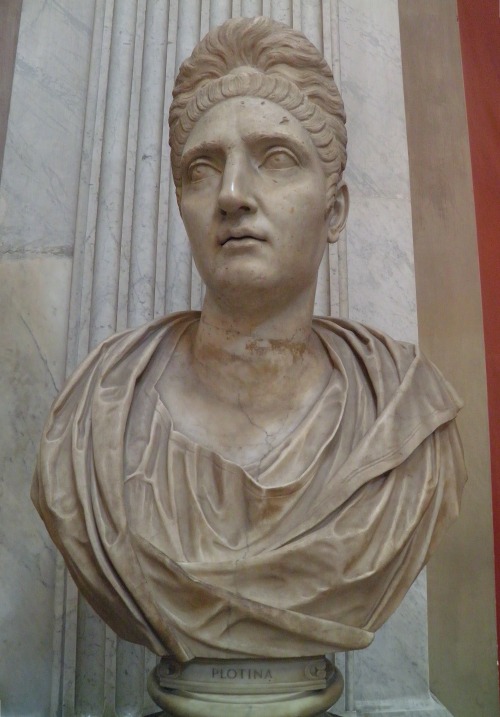
Colossal portrait sculpture of the Empress Plotina, wife of Trajan, thought to have been made after her deification in 129 CE. Now in the Vatican Museum. Photo credit: Carole Raddato.